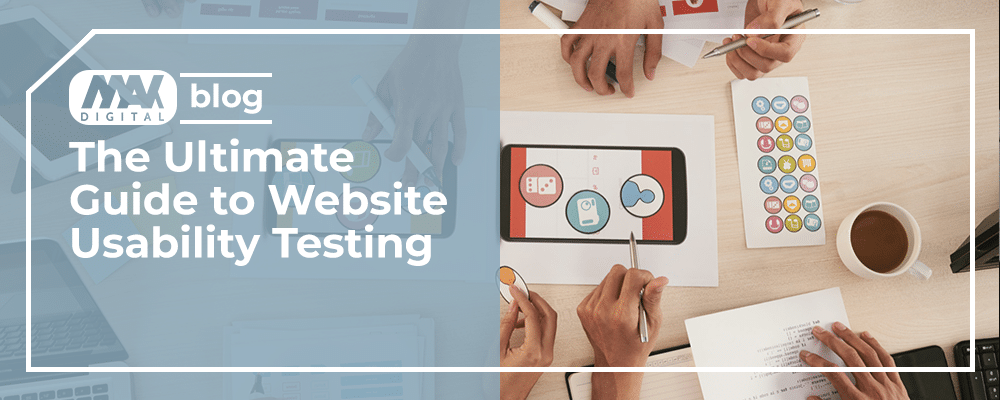Unveiling the Secrets of Ghosted Domains
Explore the intriguing world of expired domains and online opportunities.
Navigating the Web: Why Your Users Shouldn't Need a Map
Discover how to create a seamless web experience where users never need a map—optimize navigation for engagement and satisfaction!
User-Centric Design: Building Intuitive Web Experiences
User-Centric Design is a crucial approach in web development that focuses on creating intuitive experiences tailored to the needs and preferences of users. By prioritizing user experience (UX), designers and developers can significantly enhance the accessibility and usability of a website. This process begins with understanding the target audience, which includes gathering insights through user research, surveys, and analytics. Once this data is collected, it is vital to incorporate responsive design elements, making websites not only visually appealing but also functional across various devices.
Implementing User-Centric Design involves various best practices, including:
- Simplicity: Designs should be straightforward, reducing cognitive overload.
- Consistent Navigation: Users should always know where they are and how to get where they want to go.
- Feedback Mechanisms: Providing users with immediate feedback helps in understanding the results of their actions.
By focusing on these principles, we can create web experiences that not only meet but exceed user expectations, ultimately leading to higher engagement and satisfaction.

The Importance of Clear Navigation: How to Keep Users Engaged
Clear navigation is a critical element in keeping users engaged on your website. When visitors arrive at your site, they expect to find information quickly and effortlessly. A well-structured navigation menu not only directs users to the content they seek but also enhances their overall experience. This can significantly reduce bounce rates, as users are less likely to leave a site that offers a straightforward path to relevant information. Effective navigation can include well-defined categories, drop-down menus, and search capabilities that allow users to find what they need in just a few clicks.
Moreover, user engagement can be further boosted by incorporating elements such as breadcrumbs and call-to-action buttons within your navigation. Breadcrumbs provide a visual representation of the user's path, allowing them to easily backtrack if needed, while call-to-action buttons can guide visitors toward key actions, such as signing up for newsletters or exploring related articles. By prioritizing clear and intuitive navigation, you not only enhance user experience but also encourage longer visits and deeper exploration of your content, ultimately contributing to your site's success.
Navigating Without a Map: Are You Overcomplicating Your Website Structure?
When building a website, a clear and intuitive structure is essential for both user experience and search engine optimization (SEO). Navigating without a map can lead to frustration and abandonment, which ultimately affects your traffic and conversion rates. A well-organized website should include logical categories and subcategories, allowing visitors to easily find the information they seek. Instead of complicating your architecture with excessive layers, consider employing a simple, hierarchical model that prioritizes user navigation and content discovery.
To assess whether you are overcomplicating your website structure, ask yourself the following questions:
- Does your menu reflect a clear path for users?
- Can visitors find related content in just a few clicks?
- Are your URLs structured logically for both users and search engines?